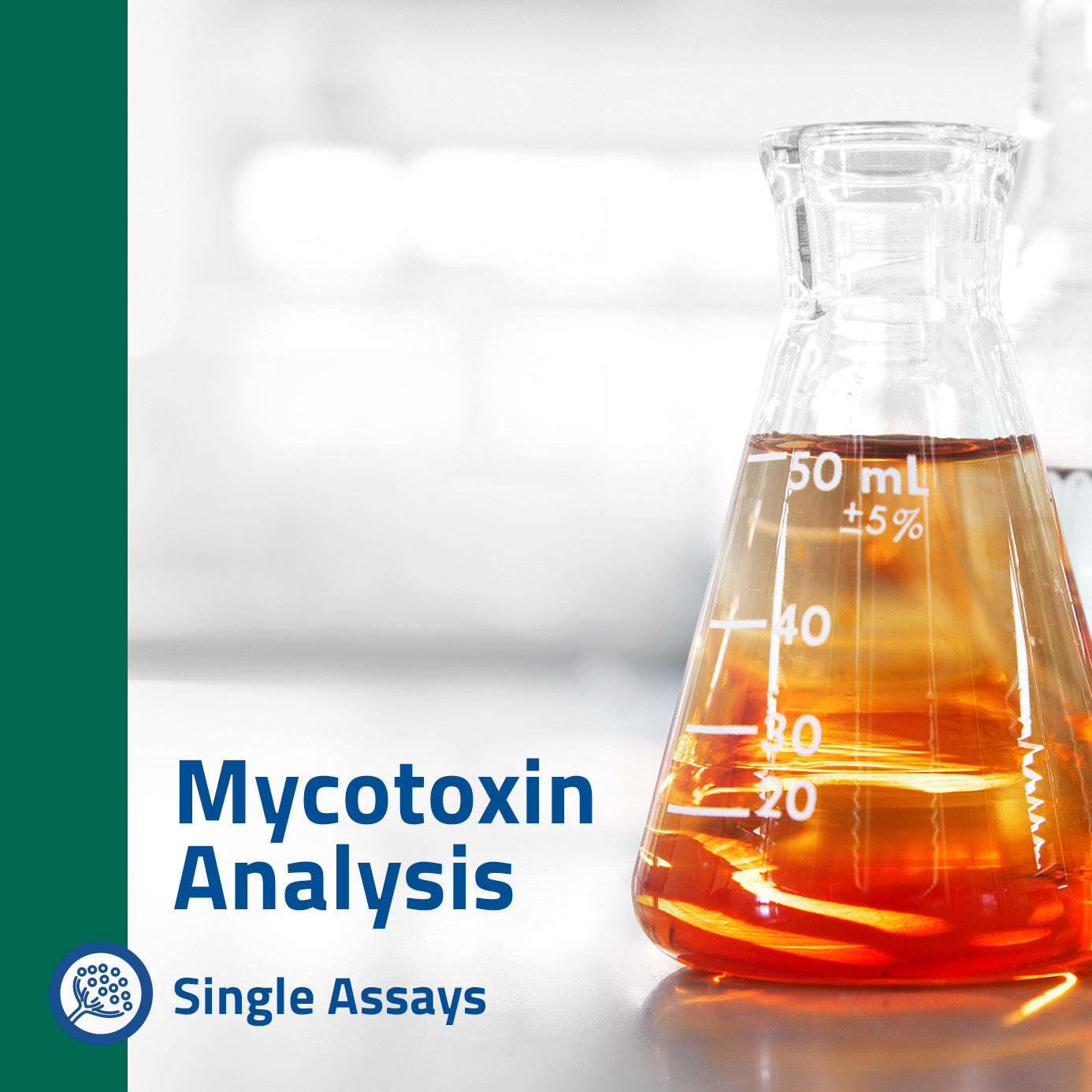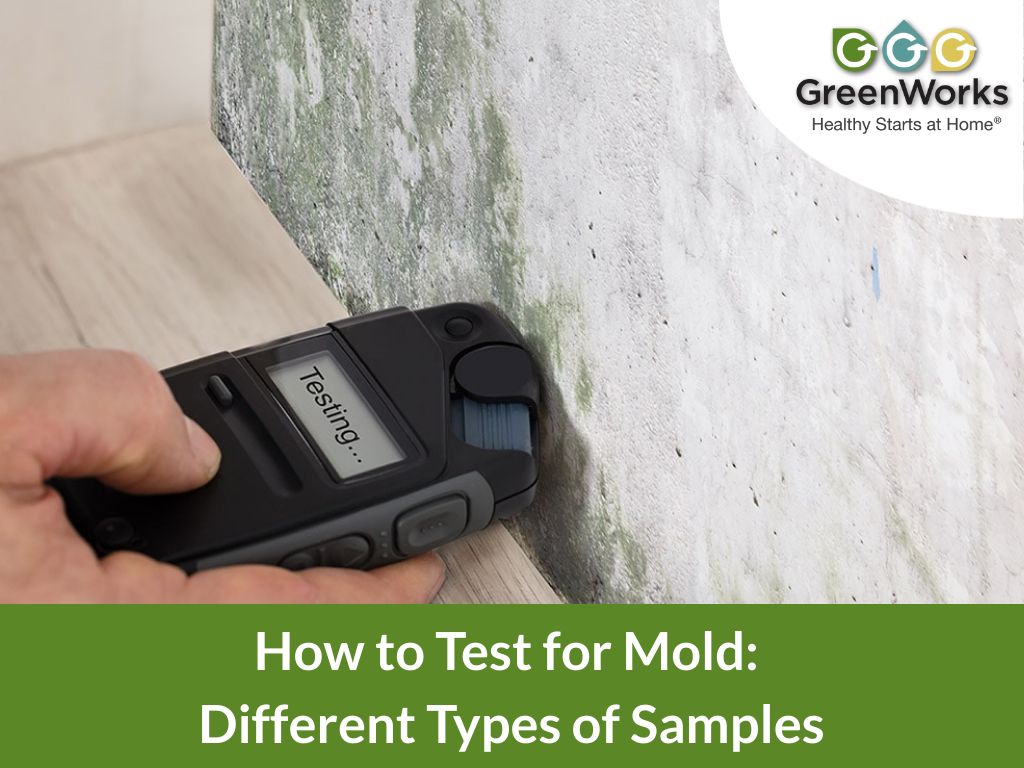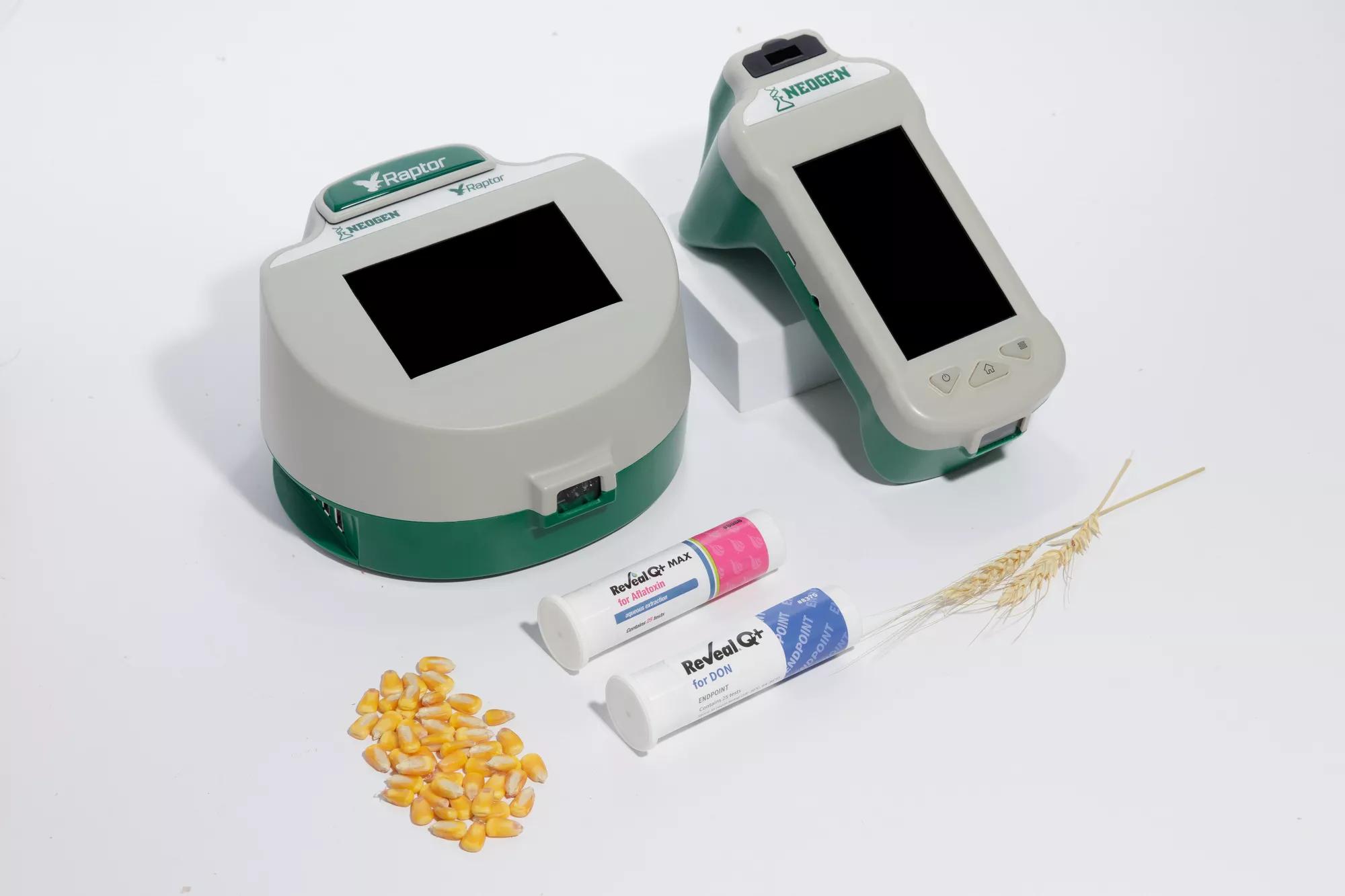Optimize Your Compliance with Relied on Mycotoxin testing Services Solutions
Optimize Your Compliance with Relied on Mycotoxin testing Services Solutions
Blog Article
Why Mycotoxin Testing Services Are Crucial for Protecting Public Wellness
The importance of mycotoxin testing services in guarding public health can not be overstated. Mycotoxins, harmful substances produced by fungis, position major health and wellness risks such as liver damage and cancer cells when existing in food and feed.
Understanding Mycotoxins
Recognizing mycotoxins is important for ensuring food safety and security and shielding public health. Mycotoxins are harmful compounds created by certain kinds of fungi, typically discovered in food and feed crops. These fungi can multiply in a range of problems, especially in warm and moist atmospheres, causing contamination during pre-harvest, storage, or handling stages. One of the most prevalent mycotoxins consist of aflatoxins, ochratoxin A, fumonisins, and trichothecenes, each with distinctive chemical structures and toxicological buildings.
The visibility of mycotoxins in foods items can endanger their safety and security and top quality. They are immune to standard food processing methods, therefore continuing in the food supply chain and posturing potential risks. Governing bodies worldwide, such as the Food and Agriculture Organization (FAO) and the World Health And Wellness Company (THAT), have actually established stringent restrictions on appropriate degrees of mycotoxins in foodstuff to mitigate their adverse effects.
Reliable mycotoxin monitoring entails detailed tracking and testing to detect and quantify their levels in farming products. This aggressive technique helps in identifying polluted sets early, consequently preventing their introduction into the marketplace. Implementing rigid mycotoxin controls is necessary for preserving food safety criteria and safeguarding customer health and wellness.
Wellness Dangers of Mycotoxins

Exposure to mycotoxins poses considerable health threats to both pets and people, requiring watchful surveillance and control measures. In human beings, mycotoxins such as fumonisins, aflatoxins, and ochratoxins can cause an array of adverse impacts, consisting of liver damage, kidney toxicity, immune suppression, and even carcinogenic results.

Provided these extreme wellness consequences, it is essential to implement durable mycotoxin testing procedures. Accurate discovery and quantification of mycotoxins in food and feed are necessary to reduce wellness risks and make sure animal and public security.
Typical Resources of Contamination

Along with cereals, nuts such as almonds, peanuts, and pistachios are highly vulnerable to mycotoxin contamination. Aflatoxins, a potent kind of mycotoxin, are generally located in these nuts, specifically when storage space conditions are suboptimal. Dried fruits, consisting of figs, raisins, and apricots, additionally present abundant grounds for fungal growth as a result of their high sugar material and moisture-retaining homes.
Moreover, contamination is not limited to raw farming products. Refined foods, animal feeds, and dairy products can likewise have mycotoxins if the preliminary active ingredients were contaminated. This extends the danger of direct exposure throughout the food supply chain, demanding stringent monitoring and control steps.
Understanding the common resources of mycotoxin contamination is critical for executing efficient preventative techniques. Minimizing these threats at the resource can considerably reduce the incidence of mycotoxin-related health and wellness problems, safeguarding public health.
Examining Procedures and methods
Effective mycotoxin management rests on the accuracy and dependability of screening techniques and protocols. Advanced logical strategies are used to find and evaluate mycotoxins in numerous substratums, ensuring public wellness security. High-Performance Liquid Chromatography (HPLC) combined with mass spectrometry (MS) is a gold criterion in mycotoxin screening, delivering high level of sensitivity and uniqueness. This technique enables visit site the precise discovery of numerous mycotoxins in complicated matrices, such as food and feed products.
One more extensively utilized approach is Enzyme-Linked Immunosorbent Assay (ELISA), which supplies rapid screening and is affordable for big example volumes - Mycotoxin testing Services. ELISA packages are beneficial due to their ease of usage and fast turn-around time, making them appropriate for on-site screening
Tasting methods are just as essential. Correct sampling makes sure that the gathered specimens are representative of the entire set, consequently reducing the danger of false negatives or positives. Adherence to established standards, such as those offered by the International Company for Standardization (ISO) and the European Committee for Standardization (CEN), is vital for keeping consistency and integrity across screening methods.
Strenuous recognition of these protocols and approaches is important. It ensures reproducibility and accuracy, consequently fortifying the integrity of mycotoxin monitoring systems.

Benefits of Routine Evaluating
In the world of food safety and security and farming quality assurance, the advantages of routine mycotoxin testing can not be overemphasized. Regular testing ensures that farming products satisfy safety and security criteria, consequently safeguarding customers from the damaging results of mycotoxins, which include liver damage, immune reductions, and even cancer cells. By identifying contaminated sets early, regular screening permits timely treatment, stopping such products from entering the food web.
Additionally, normal mycotoxin screening is crucial for maintaining the honesty and credibility of food manufacturers and providers. Companies that commit to normal testing demonstrate their devotion to public health and food safety, thereby obtaining consumer trust fund and commitment. This positive method can likewise mitigate monetary losses connected with item recalls, lawful obligations, and potential trade restrictions.
Routine mycotoxin testing makes sure adherence to worldwide and national standards, assisting in smooth trade operations and market gain access to. Inevitably, regular mycotoxin testing not just safeguards public health but additionally why not look here fortifies the economic security and global competitiveness of the agricultural field.
Conclusion
Mycotoxin screening solutions play an important role in public wellness protection by identifying and mitigating the risks posed by hazardous fungal substances in food and feed. By finding contamination early, these solutions prevent serious health and wellness concerns such as liver damage and cancer, making sure conformity with governing criteria. Routine testing improves customer trust, supports the stability of the agricultural sector, and eventually contributes to the guarding of food safety and public wellness.
The importance of mycotoxin testing services in guarding public health can not be overstated.Comprehending mycotoxins is important for making certain food safety and security and protecting public health. Mycotoxin testing Services. Regulative bodies worldwide, such as the Food and Farming Company (FAO) and the Globe Wellness Company (THAT), have actually established strict limitations on appropriate degrees of mycotoxins in food items to alleviate their adverse impacts
Eventually, normal mycotoxin screening not only protects public health and wellness however also strengthens the financial stability and worldwide competition of the agricultural market.
Mycotoxin screening solutions play a critical role in public health and wellness protection you can try these out by recognizing and mitigating the dangers presented by poisonous fungal compounds in food and feed.
Report this page